August 11, 1999, Solar Eclipse Images
These are all images of the last eclipse of the millennium. The black object is the Moon, which is covering up the Sun. The white ring around the Moon is the Sun's corona, which is normally not seen.
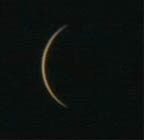
Courtesy of NASA
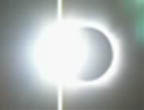
Courtesy of NASA

Courtesy of NASA
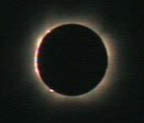
Courtesy of NASA
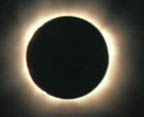
Courtesy of NASA
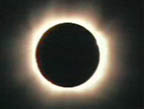
Courtesy of NASA
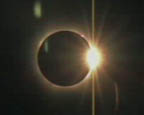
Courtesy of NASA

Courtesy of NASA
 List of previous solar eclipses
List of previous solar eclipses
 The history behind solar eclipses
The history behind solar eclipses
 Sites about the solar eclipse
Sites about the solar eclipse
 Other solar eclipse images
Other solar eclipse images
You might also be interested in:
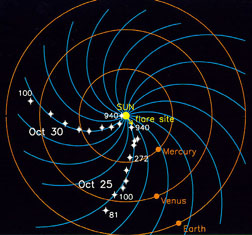
IMF stands for Interplanetary Magnetic Field. It is another name for the Sun's magnetic field. The Sun's magnetic field is enormous and is carried by the solar wind. The solar wind and magnetic field are
...more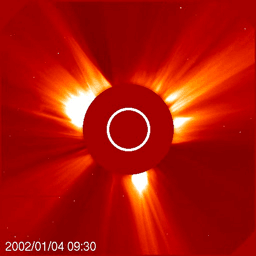
"Without warning, the relatively calm solar atmosphere can be torn asunder by sudden outbursts of a scale unknown on Earth. Catastrophic events of incredible energy...stretch up to halfway across the visible
...more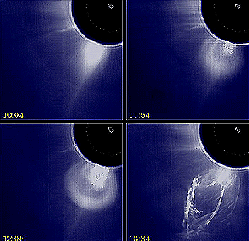
The Sun is not a quiet place, but one that exhibits sudden releases of energy. One of the most frequently observed events are solar flares: sudden, localized, transient increases in brightness that occur
...more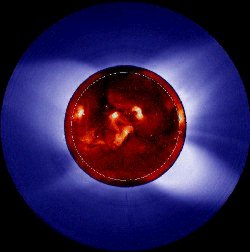
The visible solar atmosphere consists of three regions: the photosphere, the chromosphere, and the solar corona. Most of the visible (white) light comes from the photosphere, this is the part of the Sun
...more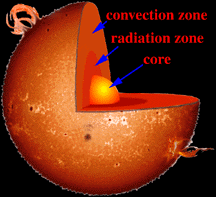
To understand how our Sun works, it helps to imagine that the interior of the Sun is made up of different layers, one inside the other. The innermost layer, the solar core, is the region where the energy
...more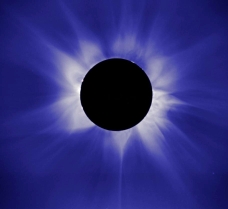
Scientists at the High Altitude Observatory (HAO) are working to understand the changes we see in the Sun over time, and how these changes affect the atmosphere of the Earth. There are four main areas
...more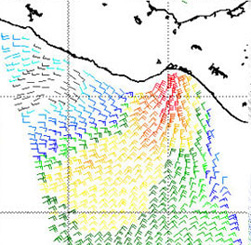
Energy from the Sun is one of the primary drivers of the Earth system. The Sun warms our planet, heating the atmosphere. This energy feeds atmospheric processes and is a primary driver of our weather.
...more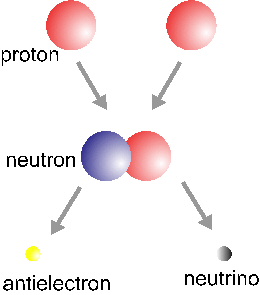
The basic Hydrogen fusion cycle involves four Hydrogen nuclei (protons) and two electrons and yields a Helium nucleus, two neutrinos and six photons. This process occurs in three steps: the first one is
...more

 List of previous solar eclipses
List of previous solar eclipses





















